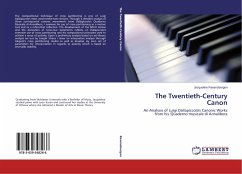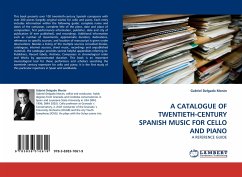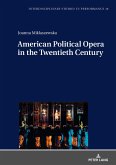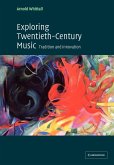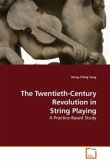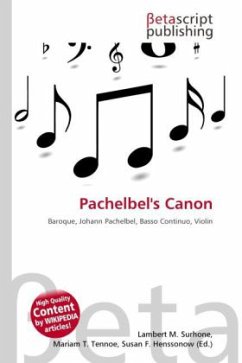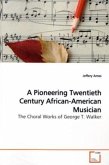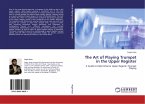The compositional technique of cross partitioning is one of Luigi Dallapiccola's most used twelve-tone devices. Through a detailed analysis of three contrapuntal canonic movements from Dallapiccola's Quaderno Musicale di Annalibera, I examine his use of cross partitioning as a motivic tool and as a referential collection. The development of the BACH motive and the derivation of tone-row statements reflects on Dallapiccola's extensive use of cross partitioning and his compositional principles used to achieve a sense of polarity. Upon a preliminary analysis based on set-theory analysis set out by Joseph Straus I draw an interpretive analysis through Alegant's cross partitioning model as well as develop my own set of parameters for interpretation in regards to polarity which is based on intervallic stability.
Bitte wählen Sie Ihr Anliegen aus.
Rechnungen
Retourenschein anfordern
Bestellstatus
Storno

